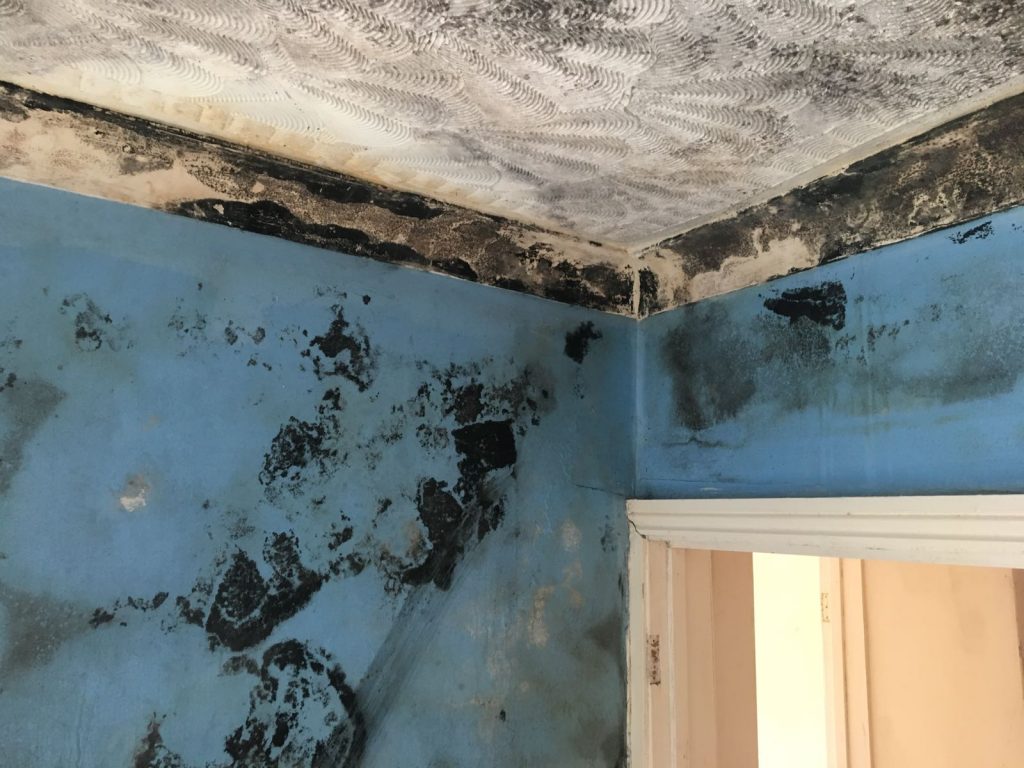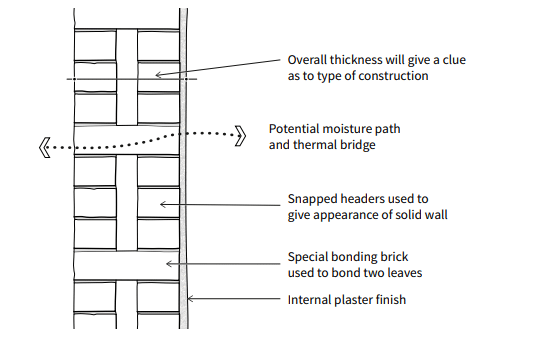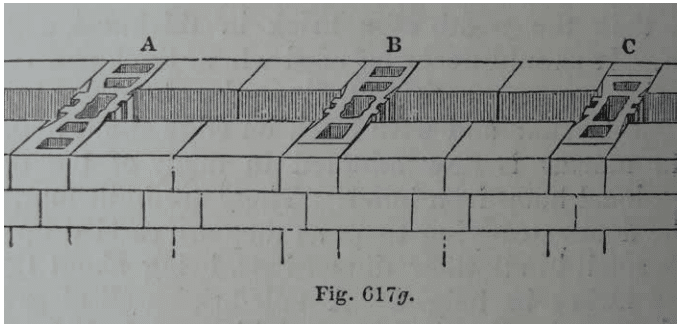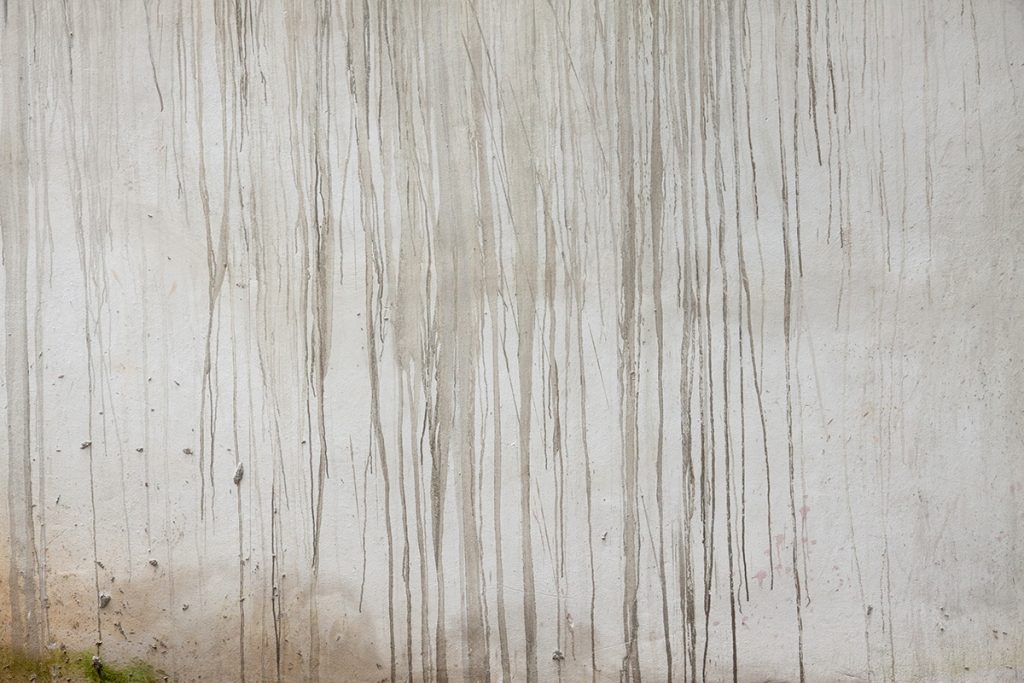In this post we look at how in some cases you can add value to your home through the installation of Cavity Wall Insulation (CWI) but also look at how in some circumstances it can actually end up reducing the value as well as causing problems to your beloved home, that could end up costing a lot of money to put right.
What is Cavity Wall Insulation?
There are various types of Cavity Wall Insulation in terms of installation methods and the materials used. In basic terms, most homes built after 1920’s were constructed with a cavity, which is basically a gap of air between two layers of brick. Initially it was to provide as much protection from the elements, for example driving rain as well as its benefits of better stability and economy of materials, as the 2 separate layers of wall would be bonded together using bonding bricks or wall ties also cavity wall constructions use less bricks than solid walls.
During the 1970’s energy crisis it became common practice to either fill or partially fill cavities with a variety of insulative materials, as to reduce heat loss through the wall. In more modern homes the cavity walls provide a good opportunity to improve the energy loss of heat through walls. During this time cavity wall insulation was promoted for its energy saving benefits and even subsidised by the Government. The insulation has many benefits as it does not reduce room sizes as internal insulation would, it is invisible, cheap and quick to install when retrofitted. Or more recently in new builds it is installed as the home is constructed.
In comparison most older homes (ones built before the Second World War) are not suitable for insulation. For some early cavity walls, fill insulation will always be unsuitable. Ending up with problems like damp, mould or condensation and these types of walls need to be treated as if it were a solid wall. Instead, other insulation techniques should be considered such as external insulation and internal insulation. – unfortunately, there are cases of homes that don’t meet the requirements to have Cavity Wall Insulation fitted, due to the Government backed scheme and cowboy installers wanting to make as much money as possible meaning now it is causing problems to these homes that were never suitable.


How Can Installing Cavity Wall Insulation Add Value to Your Property?
About a third of all heat lost in an uninsulated home escapes through the walls. Good cavity wall insulation will save you energy and cut the cost of your heating bill. For the most part houses built from 1990’s onwards will have wall insulation as it will have been added during the building process. If your home was built between 1920-1990 then it is likely that your home has a cavity wall, there are some homes that aren’t suitable for CWI. Homes built before 1920 most likely will have solid walls.
When selling a home one of the first questions you will most probably be asked about is the energy efficiency of it and whether you have had insulation installed. If you do not have cavity wall insulation installed or as a matter of fact any other types of insulation such as loft or external insulation, then you will probably receive a lower offer on your property as the prospective buyers will most likely want to have it installed. If you have had CWI installed in more recent years and it has a 25-year guarantee, then this will be even more so appealing to buyers.
If you haven’t had it installed then thankfully it is a fairly cheap and easy installation process, it is also very easy to remove cavity wall insulation if yours has deteriorated. However, make sure you chose a contractor who holds a CIGA (Cavity Insulation Guarantee Agency) certificate for installation.
If you are a landlord or a homeowner in England you can apply for a Green Homes Grant which can help to cover the costs of CWI, the scheme covers two thirds of any installation costs for any energy efficient improvements to a property, this includes Cavity Wall Insulation. This is capped to a limit of £5,000 and for lower income households this is capped to £10,000 and the grant can cover the full cost, the works must be carried out by an accredited tradesperson and this scheme runs until 31st March 2022.
If you have already had it installed and is more than 25-years old or you are facing problems with permeating damp, cold spots, and condensation. Then it is best to have it checked out by a professional using a borescope – especially if you’re thinking of selling. It is very common for problems to occur within the cavity and with the insulative material, it can start to sag leading to cold spots which can lead to further problems with penetrative damp and mould. If you do start to see problems like this arise then its better to have a professional check it out as prolonged damp problems can lead to larger problems like health and an increase in bills.


Why You Shouldn’t Insulate Cavity Walls
If you are considering installing and your home has an early cavity wall construction, then it may be best to consider a few things. These cavities were constructed to allow ‘breathing’ they allow moisture to exchange from the indoor and outdoor environment, the cavity allows air to move around the cavity and dry out any excess moisture if it breaches through the external leaf of the wall. Earlier cavity wall constructions definitely shouldn’t have it installed as the cavity is to thin, but the same principles apply for a lot of buildings with cavities.
Bricks and mortar are permeable, meaning moisture is able to soak into the external layer of brick during rainy conditions and it is able to freely evaporate back out when drier conditions come around. During more severe or wind-driven rain over prolonged periods of time the water tends to saturate the wall until it begins to drip down the internal part of the outer lead of wall.

Early cavity walled buildings have individual leaves which are thicker than modern versions of cavity wall constructions. The earlier constructions have a higher thermal mass (this is the ability of a material to absorb and store heat energy) this is due to its thicker leaves of brick wall. Simply put it means that during the day the external leave of the wall can absorb heat from the internal and then it can re-distribute it at night.
So, in a way it can reduce the need for having to use your heating, overall reducing your energy use. If cavity wall insulation or internal insulation was installed it would greatly reduce this effect, and it would be even more so if external insulation was installed.
Before installing cavity wall insulation, it is important to understand how brick-built buildings ‘self-manage’ the movement of water inside its walls, both in vapour and liquid form. It is fairly complex and can be affected by things such as the presence of salts in the walls, which can be deposited during construction, rain water or even fire (round the chimney breast) it sounds strange, however this can effect the movement of water in the walls.
For the most part insulation systems are designed to solely limit heat loss and do not take into account how much they can affect the natural movement of water and salts in the walls. Installation can therefore exacerbate any existing problems, or create new ones like displacement of damp and salts which can lead on to decay of timbers if they are in close proximity to moist walls or more serious health risks that can worsen from mould growth.
Filling the cavity with insulation (especially early constructions) will most likely lead to problems with damp and mould, along with these problems which include:
- Decay in timbers in contact with walls that are retaining moisture.
- Deteriorating external wall due to the thawing and freezing of moisture trapped in the wall, leading to brick and mortar decay.
- Corrosion of metallic compounds such as wall-ties in contact with or installed within the wall.
- Movements of salts.
- Movement of tars and other older chemicals used in the construction which can cause staining on the surface of the wall.


Conclusion
If you are considering the installation of CWI then it is best to have a qualified and certified professional come and inspect your cavity with a borescope and they will be able to give you the information you need to find out if your home is suitable for installation or not.
It could also be highly likely that your property has already had CWI installed, if this is the case and you are suffering from problems with damp, condensation or mould then you could have had it installed inappropriately by a cowboy installer. If this is the case then you could be eligible to claim against the damages caused to your property. Meaning you could receive compensation and have the removal paid for. At Housing Triage we operate No Win No Fee claims, so if you think you have been left with faulty or inappropriately installed CWI then get in touch today.

